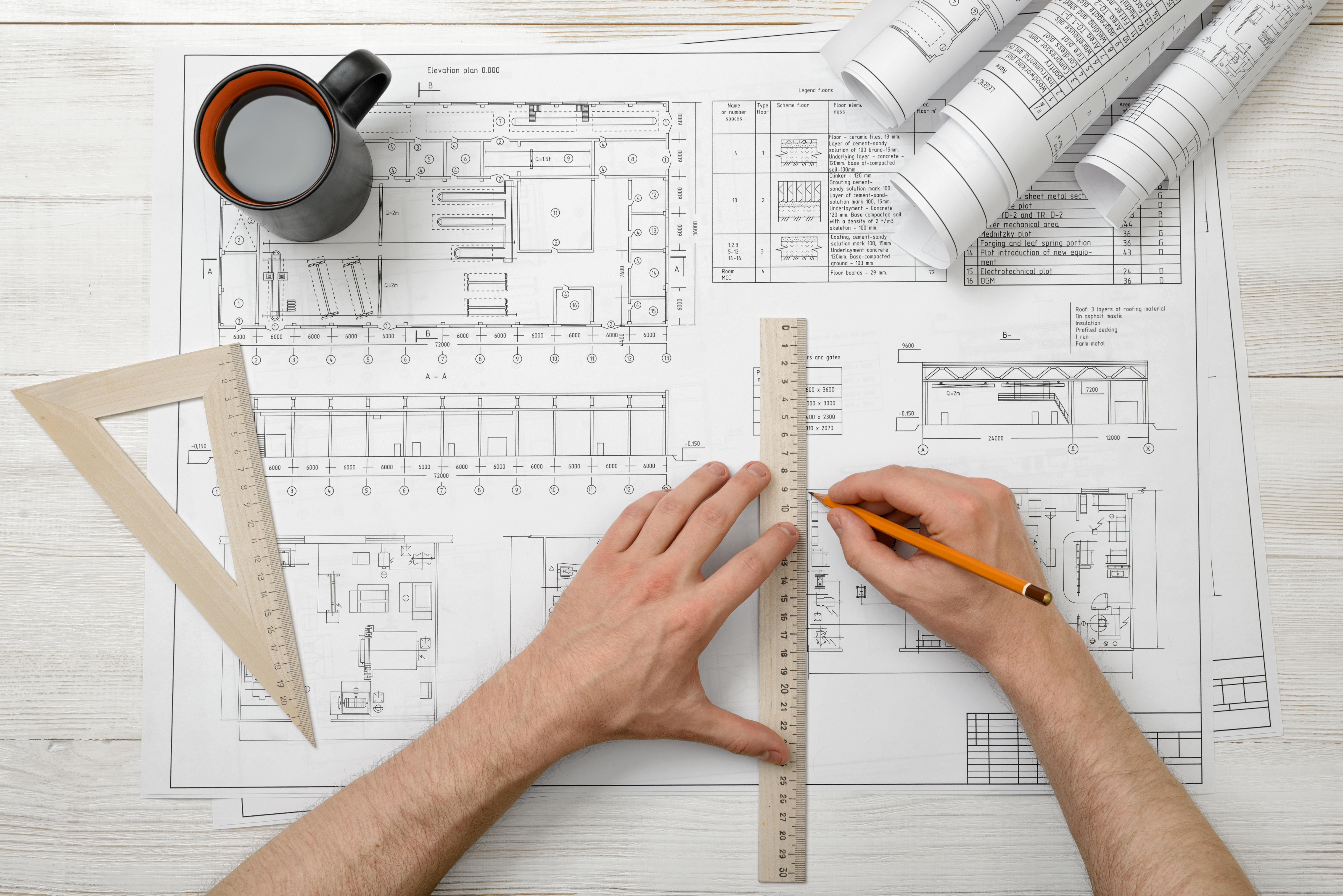
When we meet a new potential client, we often find that they have an unrealistically low budget for what they want. Typically, actual costs range from a third higher to double.
In one case where we were not allowed to learn the client's budget, we prepared a $720,000 bid, from fairly detailed architectural plans, for a remodel that the client thought would cost less than $300,000. The architect had never done a residential remodel before and was not aware of all the requirements (extra costs) in Santa Monica. She was not able to tell her client how unrealistic his budget was (she was subsequently fired).

Nothing is as expensive as a cheap contractor!
Most contractors will bid the provided drawings using the least expensive components so they can have the low bid, despite the likelihood that the client would never go for such cheap parts. Once this low bid is accepted, more detailed drawings are prepared. These plans are submitted to the building department for the permitting process, where changes may be required that increase the costs. These are added to the contract price, as are other "unforeseen" costs. As construction progresses, the windows, doors, etc. have to be ordered. Then the client discovers that the basic components in the plans are unacceptable; she really wants more expensive ones. This increases the cost of construction substantially. The client either ends up spending a lot more than anticipated, or settling for a final product that does not meet her expectations.

Some bidders are individuals who are jacks-of-all-trades and promise more than they can deliver regarding quality and completion date; they may employ a small number of workers who do all the different trades in the construction process. People who perform a variety of functions do not produce results as good as individuals who specialize. Sometimes bidders lack the required insurance. Sometimes they know a specific thing that will be necessary but can be left out of the original bid. Then change orders are presented, which increase the cost and bring the budget in line with more accurate bids.
In our experience, the contractor with the low bid is the guy who has figured out how to cut the most corners.
To compare bids, you cannot simply look at the bottom line. You have to look at the details, comparing the bids line by line (hopefully the bids are that detailed), and ask the contractors to explain differences. It’s a lot of work. The more you understand construction, the better your analysis will be,

We regard bidding as an interactive process with you. Because projects may cost more than you think, we want to discuss that before we even prepare a preliminary budget. We have a good idea of approximately how much most projects will cost from basic drawings and discussion with you about your vision. If the difference is significant, we start figuring out what we can do to bring the project cost in line with your budget. We discuss where your cost options are, and determine your expectations for the project. Sometimes we can work out a suitable proposal within your desired budget. Sometimes you'll realize you have to increase your budget to get what you want. Our goal is for you to be happy with the finished product—which means making sure from the outset that what we can deliver for the money will exceed your expectations.
If the job involves competitive bidding, we like to go over the other bids with you. We know where to look for differences in what the cost number covers between different bids, and can help you make sure you are comparing apples to apples.
For instance, one contractor may be using a 99¢/sq. ft. cost for tiles (which you would never dream of installing) where we use $4.00/sq. ft. for the minimum quality tile that you would accept (maybe more, based on looking around at your home). That contractor may be using the cost for regular tile grout that requires constant cleaning; we always bid the more expensive, low maintenance epoxy grout. So you could see very different costs for the same budget line, but they wouldn’t be comparable. There are many other places where basic assumptions are likely to be different and result in different costs.
We want to help you understand what you can get for the big chunk of cash you’ll be spending.
Once we have sufficiently detailed drawings, we schedule a "job walk" of your project. That means we have all the different subcontractors, who have the plans and other information relevant to their specialty, look at the building we will be remodeling (or the empty lot). That allows them to prepared complete, detailed bids for their part of the project. We evaluate the bids they submit for completeness and cost-effectiveness; sometimes we will have two or even three subcontractors bid on a piece of the job. Usually, we have just one, because we have long-term working relationships with that sub, and know they are competitive—the occasional competitive bids we get assures us that their prices are fair. Our long-term relationships mean that we get preferential scheduling, so our projects progress smoothly. Then we put the costs together on a spreadsheet with actual detailed bids from each sub, which we include in our package. We add a key ingredient: supervision. In our experience, this is the difference between an OK project and an outstanding one. Yes, it adds to the cost, but it is the essential element of quality control. At that point, we're ready to discuss the bid with you and compare other bids you may have. We'll take the time to go over your bids line-by-line, and help you understand what is involved in each.
